The bat is the only flying mammal that is present in most cities over the world. But unknown makes for undesired. Due to COVID-19, the reputation of bats is even worse than before, but bats have a lot to offer to keep our cities green and liveable. Let us increase positive and spontaneous encounters of the bat-kind.
Bats — “they live in the dark, they eat your blood, they fly in your hair, and they spread diseases like Ebola”. At least that is what stereotypes have painted them to be Most people do not know much about bats. Since COVID-19, the reputation of bats is even worse than before. But bats have a lot to offer to keep our cities green and livable. Insect-eating bats help in preventing plagues in our urban parks and near our houses. A common pipistrelle bat eats over 300 small insects like mosquitos (which helps me sleep better at night). Fruit-eating bats help pollinate flowers and they assist in dispersing seeds for forest regeneration. And my personal favorite; they are spectacular aerial acrobats and always spark the curiosity of kids. Bats are a great way to get people in contact with local nature. How can we turn this bat reputation into a good reputation?
The bat is the only flying mammal that is present in most cities over the world, I presume. But unknown makes for undesired. I would like to share some examples of raising awareness on bats in cities to help urban ecologists and other conservationists to turn the tide on the bat reputation. I wish to open up opportunities to tell the true story of how bats help our cities stay livable. This will raise stewardship for bats and also for other urban animals.
So, let us increase positive and spontaneous encounters of the bat-kind.
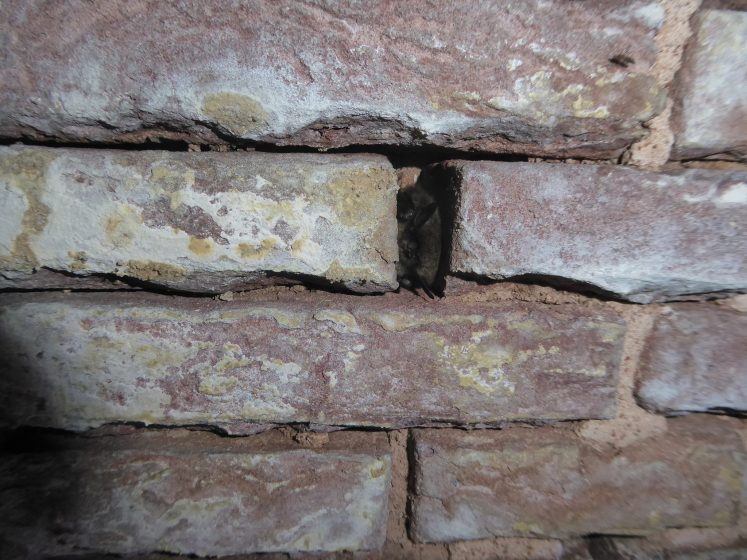
Raising awareness: Some examples
- Bathopping in backyards and balconies in Utrecht (Europe). For this project, we asked participants to lay batloggers (devices that record all bat sounds throughout the night) for three nights in their backyard. Afterwards, experts analyzed the bat sounds to see which species could be heard. We found that bats are ever-present in the gardens of Utrecht: mostly with two species, in some backyards even with eighth species. Most of the participants were not aware of bats so close to their homes, and most were surprised that it was more than one species. The strength of this project is that it brings knowledge of unexpected nature near to the homes of people.
- Bats in trees in Frankfurt am Main (Europe). Relic fragments of woodlands are important for bat survival in Frankfurt (Dietz, 2020). Bats living in tree cavities are frequently endangered by trees being cut down for reasons of public safety. The city of Frankfurt did a city-wide survey of the holes in their trees and species that depend on them (birds, bats, and other mammals). In Riederwald park, safety and conservation of an endangered bat — the park contains trees with a nursery colony of the endangered Bechstein’s bat (Myotis bechsteinii) — were colliding. The public was given a choice. During an excursion, experts explained the dilemma to the public. They could choose to close some walking paths or cut down the trees. The public chose to close some of the walking paths and thereby reducing the area where trees needed to be cut down because of road safety. This segregation resulted in a larger area for bats with trees that are less secure for people but better suitable for bats.
- Fruiting bats in trees near a Military hospital in Accra (Africa). Military personnel were shooting fruiting bats out of the trees because they assumed they would spread disease. In Ghana, the land tenure system is under the primary care of the traditional authorities, who are the custodians of the land and its traditions. This traditional space provided an opportunity for an indigenous conservation measures to preserve these bat species. Ibrahim Wallee, an environmental activist, consulted the traditional authorities on this situation and they stated the bats were a Totem-species. This means that killing the bats without serving the purpose of food is forbidden. The next threat to these bat species is the new city infrastructure development for which part of the old trees need to be cleared.
- The Save Lucy Campaign in Virginia (America). A volunteer named Leslie Sturges visits schools and shows the children a live bat named Lucy and other bat species with various names. Lucy the bat cannot fly anymore so she cannot be returned to the wild. The children learn about bats during this visit. For a lot of them, it is probably the first time they see a live bat up close. Lucy is a mascot for an imperiled species and all bats in general. It is important that children come into contact with nature. This can positively change their attitude towards nature, and enhance their stewardship of nature later on in their lives. Increased interaction with wild animals and plants is therefore essential for the willingness of city dwellers to coexist with urban nature.
- International Bat Night. Excursions are always a good way to show and tell all there is to know about nature or, in this case, bats. In Europe, a lot of excursions are held at the International Bat Night (the night of 28 – 29 August 2021). Maybe we can make this a more global event with digital bat-excursion from all over the world? It will help open up the eyes of the public to this flying acrobat. Bats help make visible the (unexpected) nature that still lives near our homes.
As I learned at the TNOC summit in Paris, appreciating nature starts with emotion. Bats evoke the emotion of fear, because they can only be seen at night. This mystery of an animal rarely seen creates an extra interest in people. I know from my own experience that kids love to be outdoors at night. This adds the extra emotion of adventure and finding bats makes this even more exciting.
If we look at the examples above, we discover these emotions:
- Surprise of nature on your doorstep (which you never discovered before) or in your local park.
- The need to take care of animals/your environment (being stewards, or custodians).
- Excitement of meeting a live bat (probably mixed with a bit of fear) in school or during an excursion.
I hope these examples inspire you to put some effort into helping turn the bat reputation into a good one. I look forward to any other examples.
Gitty Korsuize
Utrecht
On the Nature of Cities
Acknowledgments: I would like to thank Ibrahim Wallee, Markus Dietz, Leslie Sturgis for their inspirational projects and their help in checking if I correctly captured their project. I would like to thank Karin Theophile for her energy in bringing bat workers together.
Relevant articles and links:
Simon J. Ghanem, Christian C. Voigt, Chapter 7 – Increasing Awareness of Ecosystem Services Provided by Bats, Editor(s): H. Jane Brockmann, Timothy J. Roper, Marc Naguib, John C. Mitani, Leigh W. Simmons, Advances in the Study of Behavior, Academic Press, Volume 44, 2012, Pages 279-302, ISSN 0065-3454, ISBN 9780123942883, https://doi.org/10.1016/B978-0-12-394288-3.00007-1.
(https://www.sciencedirect.com/science/article/pii/B9780123942883000071)
Jansen, E.A. & H. Hollander, 2014. Vleermuizen in mijn tuin! Vleermuisonderzoek door en voor bewoners van de stad Utrecht. Rapportnr. 2013.40. Zoogdiervereniging, Nijmegen. (https://www.zoogdiervereniging.nl/publicaties/2013/201340-rapport-hopping-detector-utrecht)
Dietz, M., Bögelsack, K., Krannich, A. et al. Woodland fragments in urban landscapes are important bat areas: an example of the endangered Bechstein’s bat Myotis bechsteinii. Urban Ecosyst 23, 1359–1370 (2020). https://doi.org/10.1007/s11252-020-01008-z
Cavity Trees in Urban Areas – Development of a guideline for preserving a valuable habitat in parks and urban forests, taking into account road safety. City of Frankfurt am Main, Environmental Agency
https://www.savelucythebat.org/
Hosaka, T., Sugimoto, K. & Numata, S. Childhood experience of nature influences the willingness to coexist with biodiversity in cities. Palgrave Commun 3, 17071 (2017). https://doi.org/10.1057/palcomms.2017.71 https://www.nature.com/articles/palcomms201771
https://www.thenatureofcities.com/2016/03/20/the-royal-bats-of-kano-city/
Ecologists suggest that insect-eating bats help in controlling disease vectors, while fruit-eating bats help in fertilising soils with their guano and in dispersing seeds for flower pollination and forest regeneration.
https://phys.org/news/2007-01-flight-reveal-unexpected-aerodynamics.html
The maneuverability of a bat in flight makes even Harry Potter’s quidditch performance look downright clumsy. While many people may be content to simply watch these aerial acrobats in wonder, Kenneth Breuer and Sharon Swartz are determined to understand the detailed aerodynamics of bat flight – and ultimately the evolutionary path that created it.


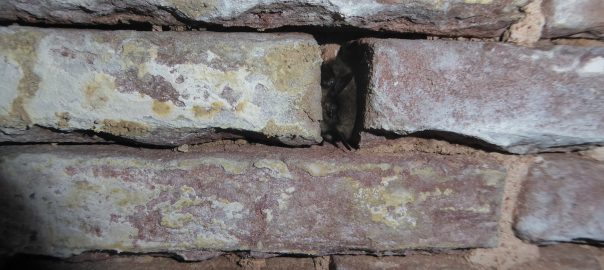
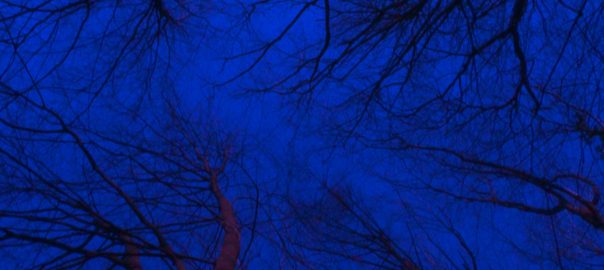
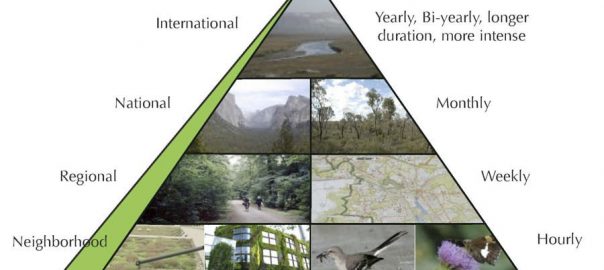
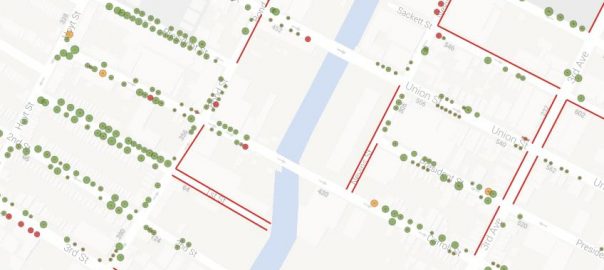

Leave a Reply